 |
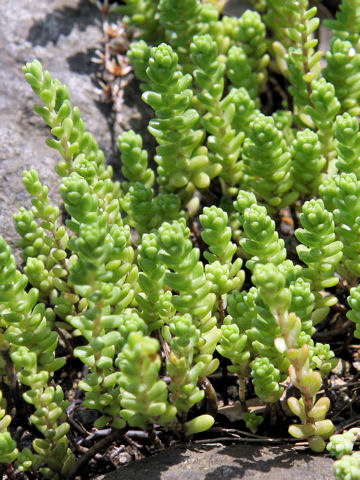

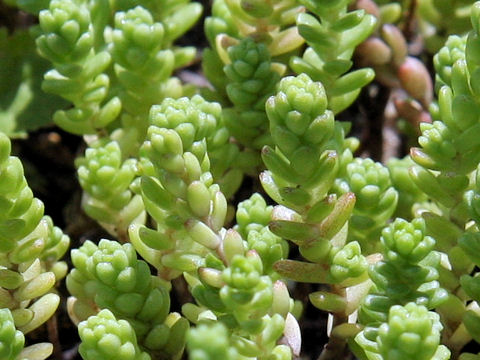

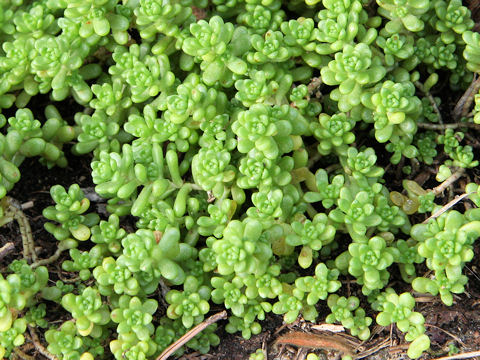

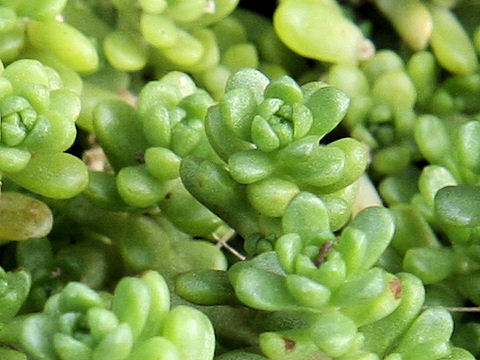

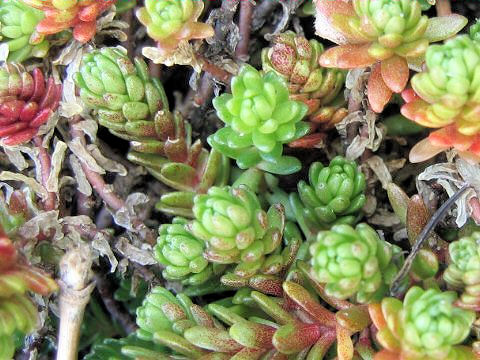

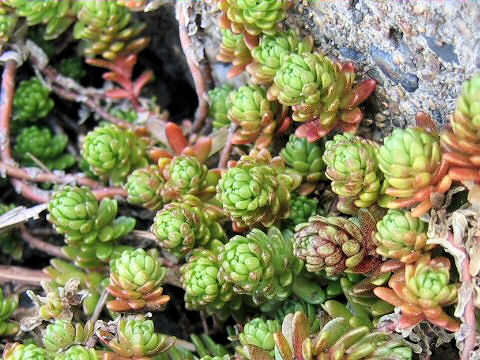

|

|
わが国の本州、関東地方以西から四国・九州、奄美大島それに朝鮮半島に分布しています。海岸の岩場や崖などに生え、高さは10センチほどになります。円柱状の葉は多肉質で、茎に密に互生します。葉は冬期や乾燥したときには赤く変色します。5月から7月ごろ、黄色い花を咲かせます。和名は、葉のかたちが11世紀ごろに渡来した、長粒種の大唐米(だいとうまい)に似ていることから。
|

|
ベンケイソウ科マンネングサ属の常緑多年草で、学名は Sedum uniflorum ssp. oryzifolium。英名はありません。
|

|
"Taito-gome" (Sedum uniflorum ssp. oryzifolium) belongs to Crassulaceae (the Orpine family). It is an evergreen perennial herb that is distributed westward from Kanto district of Honshu to Shikoku, Kyushu, the Amami Islands of Japan and the Korean Peninsula. This herb grows in coastal scrags or cliffs and can reach about 10 cm in height. The leaves are columnar, succulent and densely alternate on the stems. They turn reddish in winter or dry condition. The yellow flowers come in May to July. The Japanese name is because the shape of the leaves resembles the long grain rice "Daito-mai" that came to Japan around the 11th century.
|

|
[上・中1] 茨城県つくば市「つくば実験植物園」にて、2009年08月01日撮影。
[中2・中3] 千葉県銚子市「犬吠埼」にて、2007年10月11日撮影。
[中4・下] 愛知県田原市日出町にて、2004年03月07日撮影。
|







